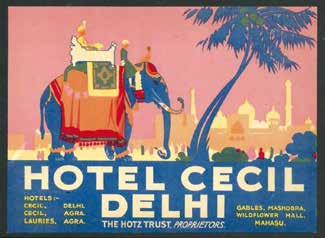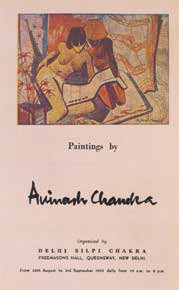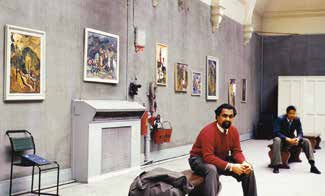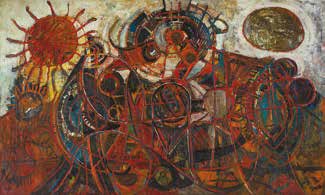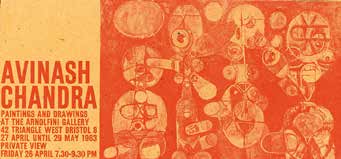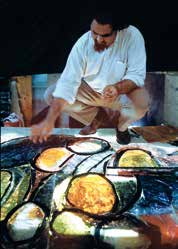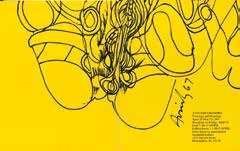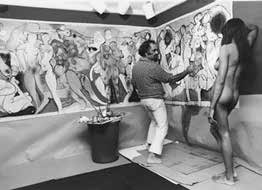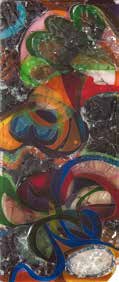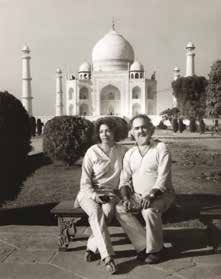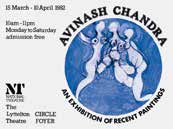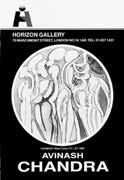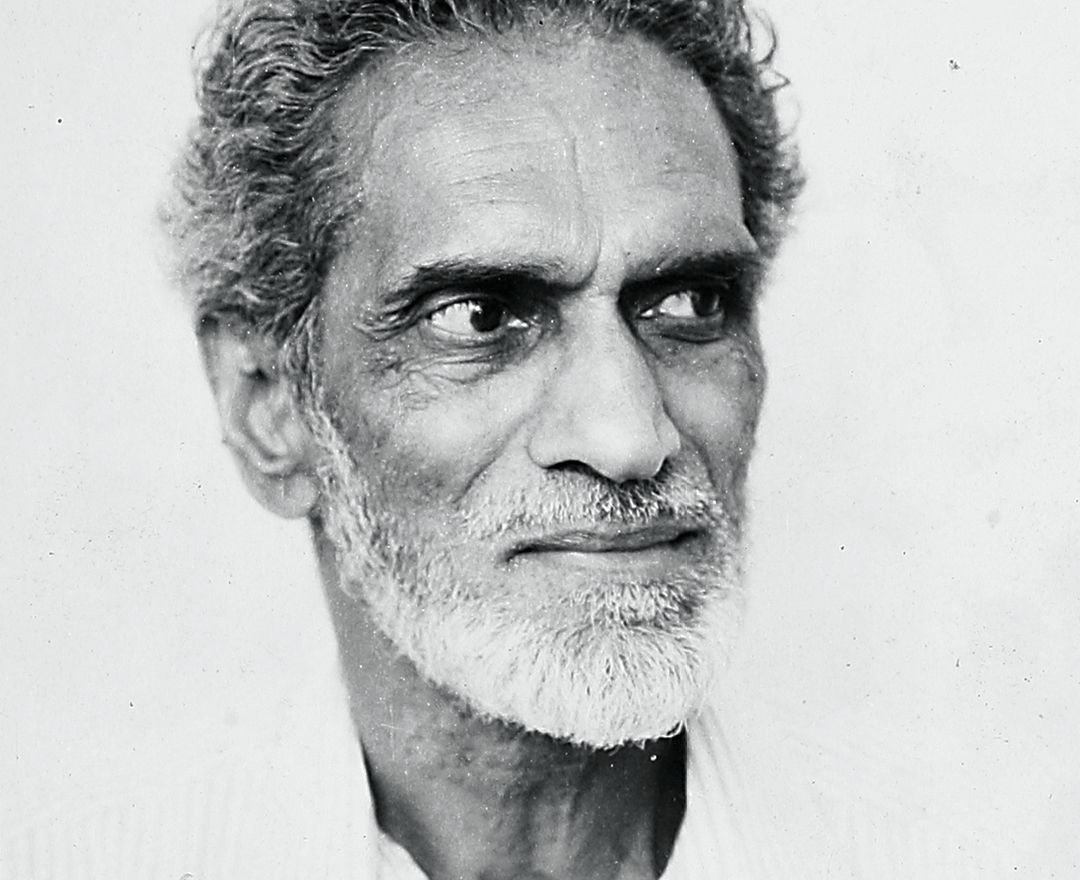Avinash Chandra
Avinash Chandra
Avinash Chandra
|
1931 - 1991 Avinash Chandra |
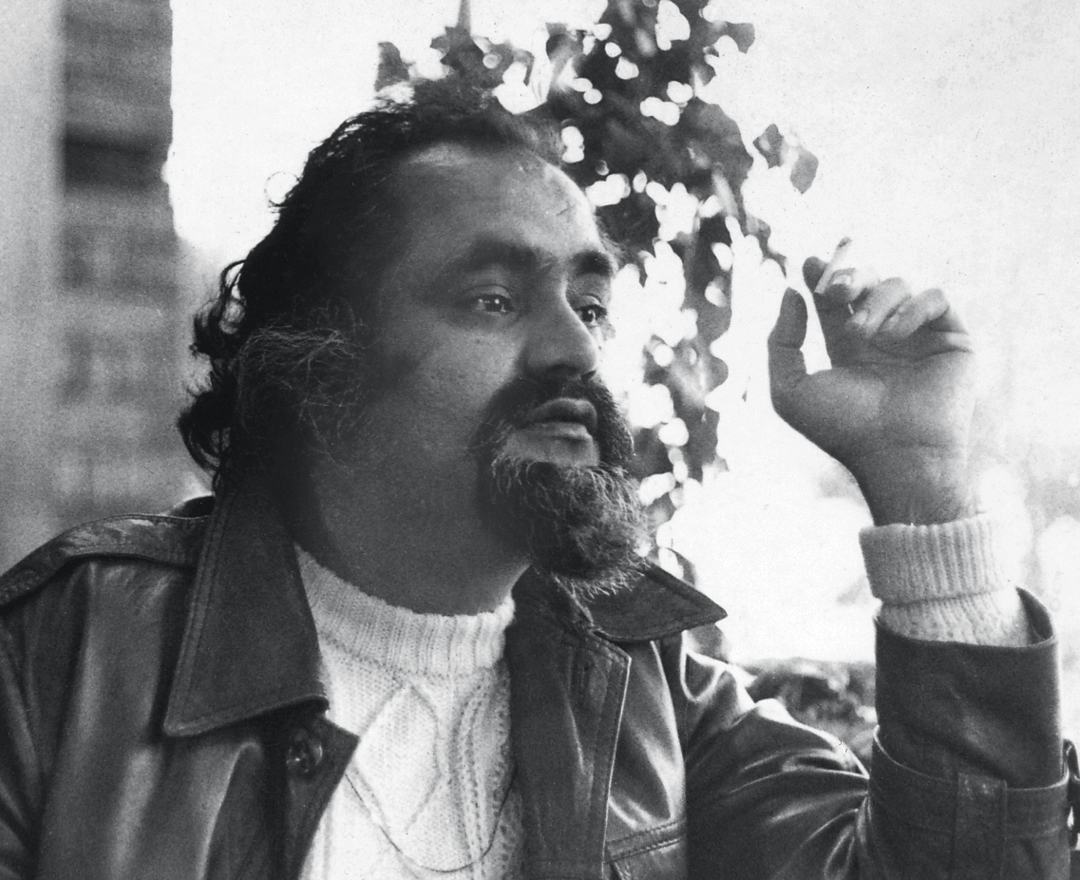
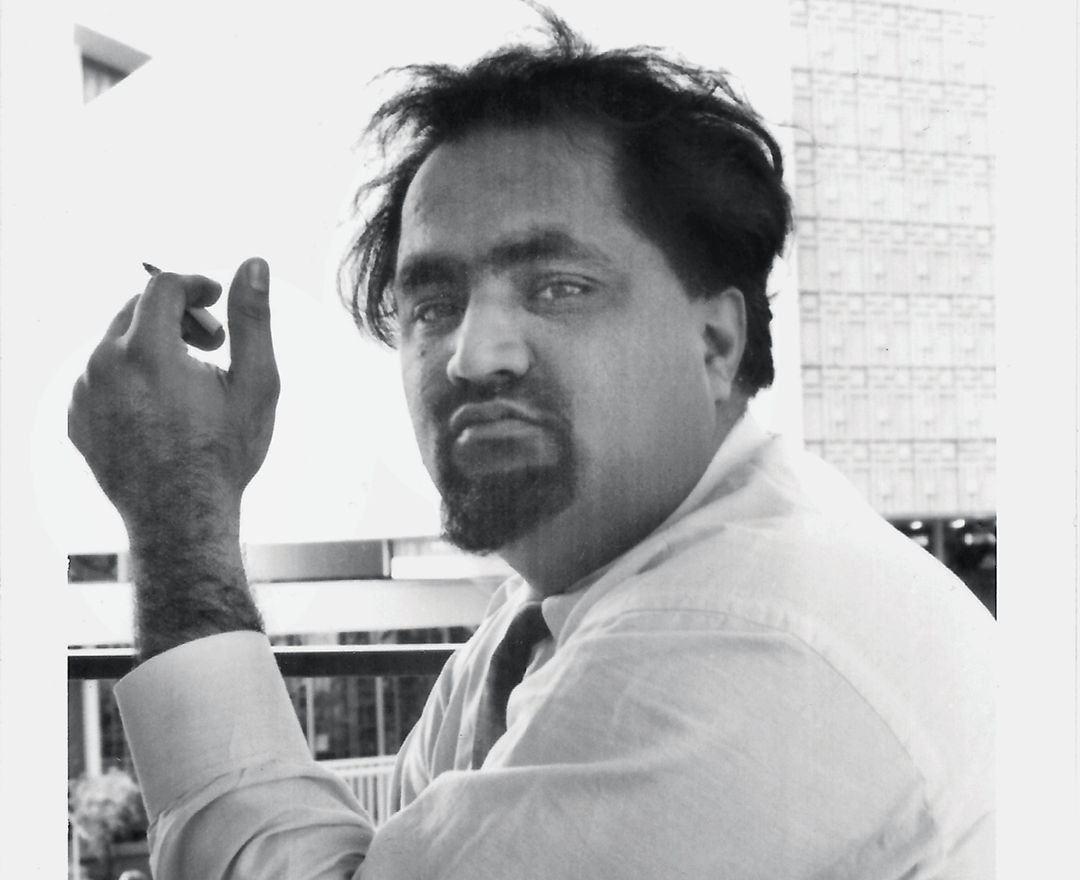
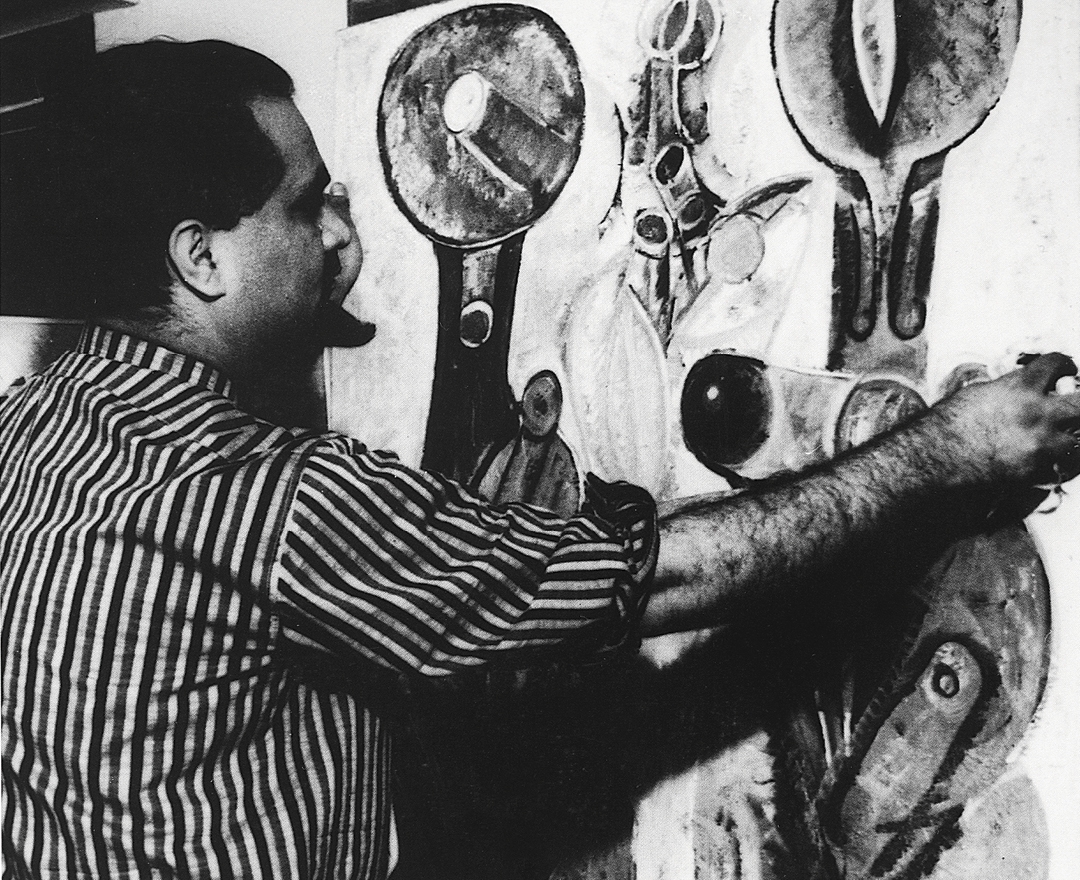

'If I was to tell you there are ninety thousand ways to draw a straight line, would you believe me? Oh, no! Because most people cannot draw a line—straight or otherwise’
AVINASH CHANDRA
artist timeline
artworks
dag exhibitions
|
The ‘Manifestations’ series of 20th Century Indian Art, Editions V, VI, VIII, IX, X |
|
DAG, New Delhi and Mumbai, 2011-14 |
|
‘Indian Landscapes: The Changing Horizon’ |
|
DAG, New Delhi, 2012 |
|
‘The Naked and The Nude: The Body in Indian Modern Art’ |
|
DAG, New Delhi, 2013; Mumbai, 2015 |
|
‘Indian Abstracts: An Absence of Form’ |
|
DAG, New Delhi, Mumbai, and New York, 2014-15 |
|
‘India Modern: Narratives from 20th Century Indian Art’ |
|
DAG, New York, New Delhi, and Mumbai, 2015; Chandigarh, 2017 |
|
‘Humanscapes: Avinash Chandra, A Retrospective’ |
|
DAG, New York and New Delhi, 2015 |
|
‘Memory & Identity: Indian Artists Abroad’ |
|
DAG, New Delhi, Mumbai, and New York, 2016 |
|
‘India’s Rockefeller Artists: An Indo-US Cultural Saga’ |
|
DAG, New York, 2017; Mumbai, 2018 |
|
‘Ways of Seeing: Women Artists | Women as Muse’ |
|
DAG, New Delhi, 2021 |
|
‘Home is a Place / Interiority in Indian Art' |
|
DAG, New Delhi, 2021 |
|
‘New Found Lands: The Indian Landscape from Empire to Freedom’ |
|
DAG, New York, 2021; Mumbai, 2021-22 |
|
‘Indian Blue: From Realism to Abstraction’ |
|
DAG, New Delhi, 2021 |
|
‘Iconic Masterpieces of Indian Modern Art’ |
|
DAG, Mumbai, 2021 |
notable collections
|
National Gallery of Modern Art, New Delhi |
|
Kiran Nadar Museum of Art, New Delhi |
|
Government Museum and Art Gallery, Chandigarh |
|
Tate Modern, London |
|
Victoria & Albert Museum, London |
|
Ashmoleon Museum, Oxford |
|
Musée d’Art Moderne, Paris |
|
State Museums, Berlin |
|
Jane and Kito de Boer Collection, Dubai and London |









